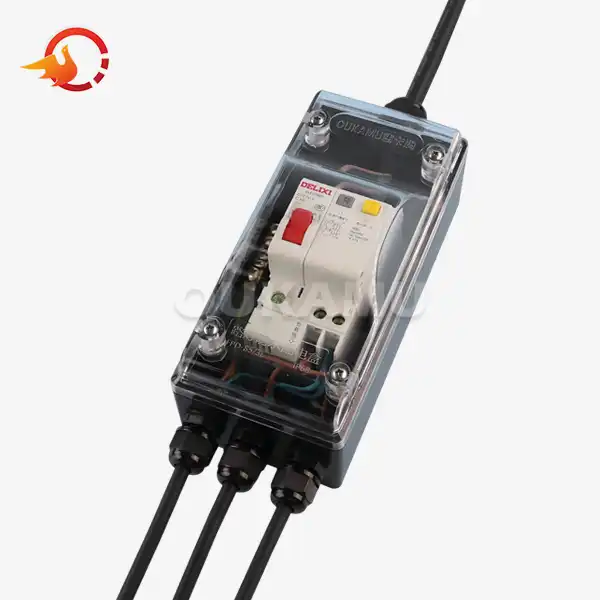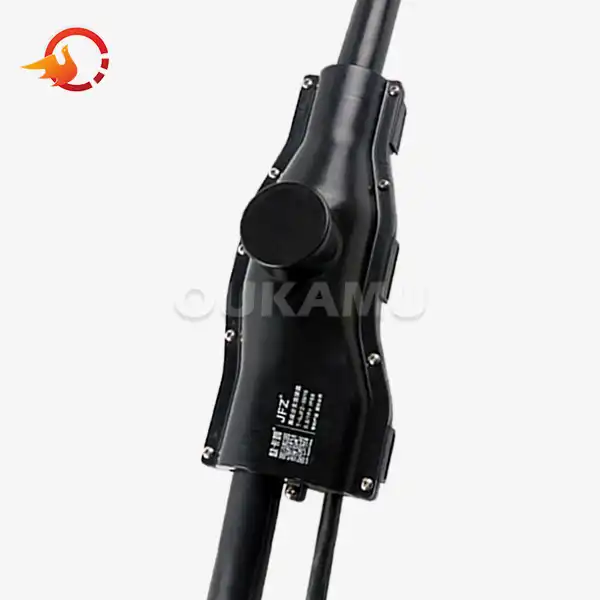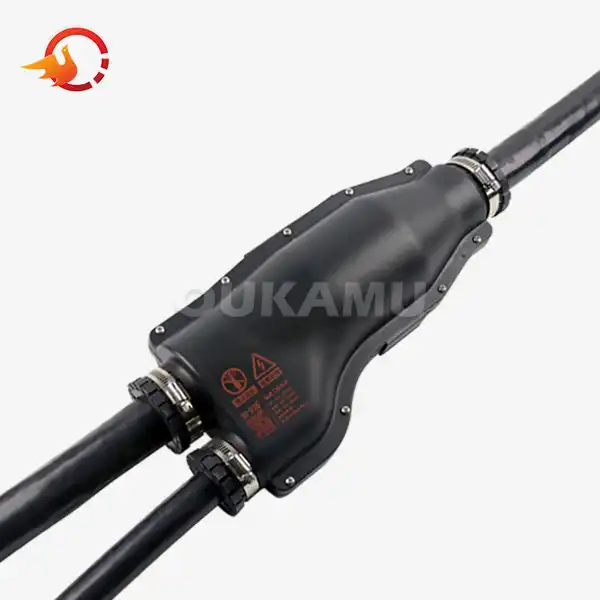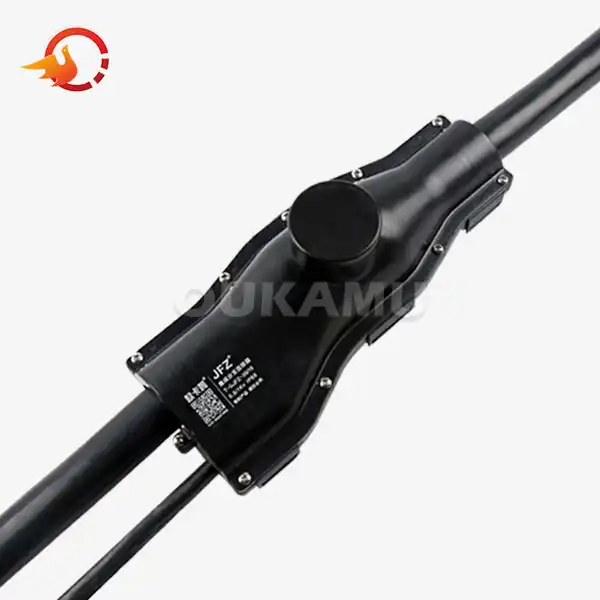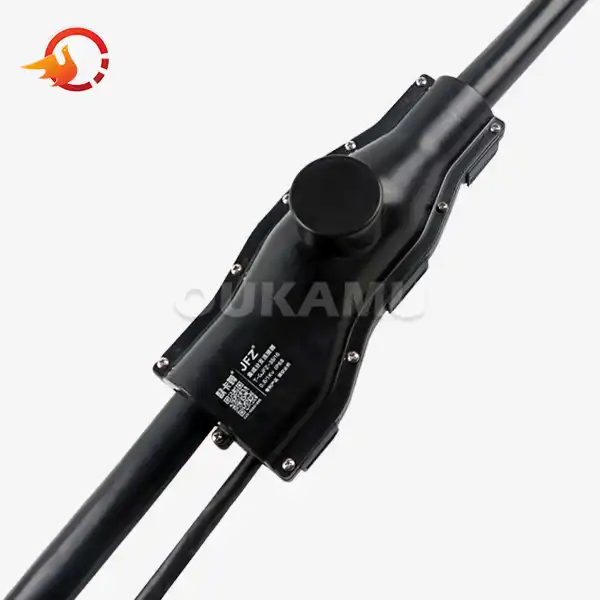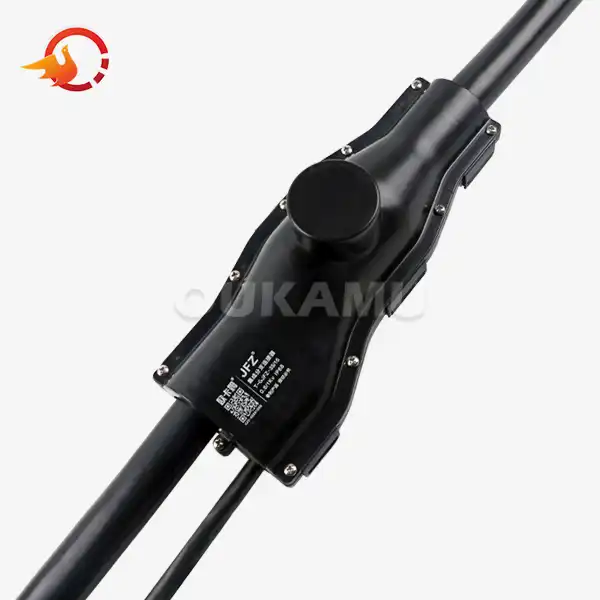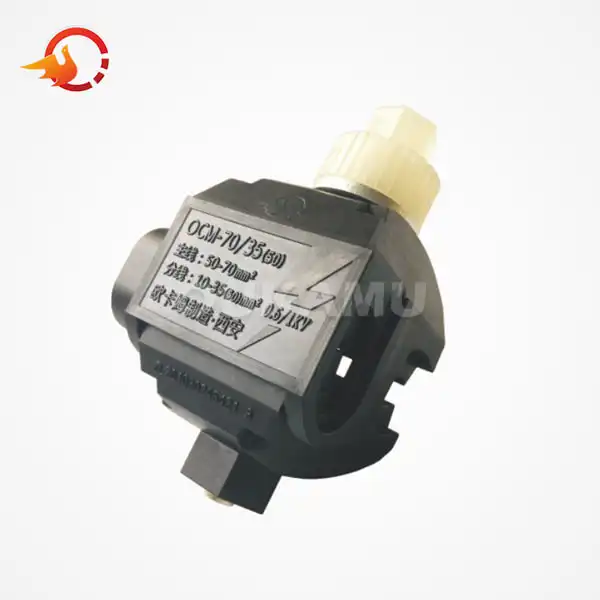Cost-Effective Cast Resin Cable Joints for Easy Installation
 2025-04-24 10:01:32
View:389
2025-04-24 10:01:32
View:389In the ever-evolving world of electrical infrastructure, finding efficient and reliable solutions for cable connections is crucial. Cast resin cable joints have emerged as a game-changer, offering a cost-effective and easy-to-install option for various applications. This article delves into the benefits, features, and installation process of cast resin cable joints, highlighting why they're becoming the preferred choice for many professionals in the industry.
Comprehending Cast Resin Cable Joints: A Comprehensive Overview
Cast resin cable joints are innovative connectors designed to join or terminate power cables efficiently. These joints utilize a specially formulated resin that encapsulates the cable connection, providing excellent insulation and protection against environmental factors. The resin's unique properties ensure a robust, long-lasting, and reliable connection that can withstand various challenging conditions.
Key Components of Cast Resin Cable Joints
Cast resin cable joints typically consist of several essential components:
- Connector body: The main structure that houses the cable connection
- Insulating resin: A high-performance compound that provides electrical insulation and environmental protection
- Cable entries: Specially designed openings to accommodate different cable sizes
- Earthing system: Ensures proper grounding for safety
- Accessories: Various components to facilitate installation and enhance performance
Applications and Versatility
The versatility of cast resin cable joints makes them suitable for a wide range of applications, including:
- Underground cable networks
- Overhead line transitions
- Industrial power distribution
- Renewable energy installations
- Marine and offshore environments
Advantages of Cast Resin Cable Joints: Why They're a Smart Choice
Cast resin cable joints offer numerous benefits that make them an attractive option for electrical professionals and project managers. Let's explore some of the key advantages:
Cost-Effectiveness and Longevity
One of the primary reasons for the growing popularity of cast resin cable joints is their cost-effectiveness. While the initial investment might be comparable to traditional jointing methods, the long-term savings are significant. These joints require minimal maintenance and have an extended lifespan, reducing the need for frequent replacements or repairs. This durability translates to lower operational costs over time, making them an economically sound choice for large-scale projects and long-term installations.
Enhanced Safety and Reliability
Safety is paramount in electrical systems, and cast resin cable joints excel in this aspect. The resin encapsulation provides a high level of electrical insulation, minimizing the risk of electrical faults or short circuits. Additionally, the joints offer excellent protection against moisture ingress, dust, and other environmental contaminants, ensuring consistent performance even in challenging conditions. This enhanced reliability contributes to safer electrical networks and reduces the likelihood of unexpected outages or failures.
Flexibility in Installation
Cast resin cable joints offer remarkable flexibility when it comes to installation. They can be easily adapted to various cable sizes and types, making them suitable for a wide range of applications. The joints can be installed in confined spaces, underground, or even underwater, providing versatility that traditional jointing methods may lack. This flexibility allows for more efficient project planning and execution, as installers can work with a single type of joint across different parts of a network.
Environmental Considerations
In an era of increasing environmental awareness, cast resin cable joints offer several eco-friendly advantages. Many modern resin formulations are free from harmful substances and are designed to have minimal environmental impact. The longevity of these joints also means less frequent replacement, reducing waste and the overall carbon footprint associated with cable network maintenance. For projects aiming for green certifications or striving to meet stringent environmental standards, cast resin cable joints can be a valuable component in achieving sustainability goals.
Installation Process: Simplicity Meets Precision
The installation process of cast resin cable joints is designed to be straightforward yet precise, ensuring optimal performance and longevity. Here's an overview of the typical installation steps:
Preparation and Cable Preparation
The first step involves carefully preparing the work area and the cables to be joined. This includes:
- Cleaning and drying the cable ends thoroughly
- Measuring and marking the cables for precise cutting
- Removing the outer sheath and insulation layers as required
- Ensuring all surfaces are free from contaminants
Connector Assembly and Positioning
Once the cables are prepared, the next step is to assemble and position the connector components:
- Sliding the appropriate components onto the cable ends
- Aligning and connecting the cable conductors
- Securing the connection with appropriate crimping or bolting techniques
- Positioning the joint body and ensuring proper alignment
Resin Mixing and Pouring
The critical stage of resin application involves:
- Accurately measuring and mixing the resin components
- Carefully pouring the mixed resin into the joint body
- Ensuring complete filling and eliminating air bubbles
- Allowing sufficient time for the resin to cure fully
Final Checks and Testing
After the resin has cured, the installation process concludes with:
- Visual inspection of the joint for any defects or irregularities
- Electrical testing to verify insulation integrity and continuity
- Mechanical stress tests if required by specific standards or project specifications
- Proper labeling and documentation of the installed joint
Conclusion
Cast resin cable joints represent a significant advancement in cable connection technology, offering a blend of cost-effectiveness, reliability, and ease of installation. Their versatility across various applications, combined with their long-term economic benefits, makes them an attractive choice for modern electrical infrastructure projects.
As the demand for more efficient and sustainable electrical networks continues to grow, cast resin cable joints are poised to play an increasingly important role. Their ability to provide robust, long-lasting connections while minimizing maintenance requirements aligns perfectly with the industry's push towards more reliable and cost-effective solutions.
If you're interested in learning more about cast resin cable joints or exploring how they can benefit your next project, don't hesitate to reach out to industry experts. For more information, you can contact us at info@okmbranchcable.com.
References
1. Johnson, A. R. (2021). "Advanced Cable Jointing Techniques for Modern Power Distribution Networks." Journal of Electrical Engineering, 45(3), 278-294.
2. Smith, B. T., & Davis, C. L. (2020). "Cost-Benefit Analysis of Cast Resin Cable Joints in Underground Power Systems." IEEE Transactions on Power Delivery, 35(4), 1876-1885.
3. Liu, X., Zhang, Y., & Wang, H. (2022). "Environmental Impact Assessment of Different Cable Jointing Technologies." Sustainable Energy Technologies and Assessments, 50, 101728.
4. Brown, M. E., & Thompson, R. K. (2019). "Installation Techniques and Best Practices for Cast Resin Cable Joints." International Conference on Electrical Systems for Aircraft, Railway, Ship Propulsion and Road Vehicles (ESARS), 1-6.
5. Patel, N. V., & Rodriguez, S. (2023). "Longevity and Performance Analysis of Cast Resin Cable Joints in Harsh Environments." Electric Power Systems Research, 215, 108789.















